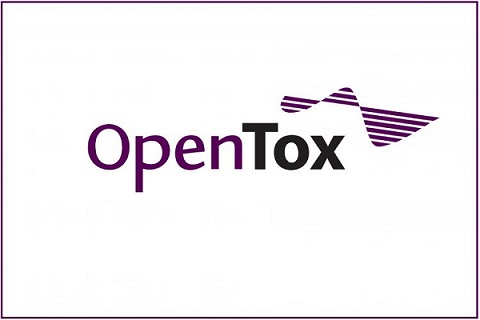OpenTox Webinar: Hazard assessment of respiratory irritants and sensitizers
A 3D-tetraculture system at the air-liquid interface as valuable tool for hazard assessment of respiratory irritants and sensitizers
This virtual meeting will include a perspective by Elisa Moschini (LIST) followed by a short discussion session.
Background: In certain cases, respiratory sensitizers can be considered substances of very high concern (SVHC) but, actually, there are not validated, fit-for-purpose models for their identification.
Purpose: The aim of this research is developing a 3D co-culture system, able to integrate markers for systemic effects induced by inhaled substances, that could be used in the hazard and risk assessment of potential respiratory irritants and sensitizers.
Methods: A co-culture system representative of the alveolar-capillary barrier was originally set up by Klein et al. (2013) to study the effects induced by inhalation of environmental (nano)particles. This in vitro model was then modified by Chary et al., 2019 to make it prone for the study of potential respiratory sensitizers. The current model combines alveolar epithelial cells (A549), rested macrophage-like cells (both seeded on the apical side of a TranswellTM insert), endothelial cells (EA.hy926) and dendritic cells (THP-1, DCs), both placed on the basolateral side. This orientation allows to grow and expose the apical side at the air-liquid interface (ALI) keeping the basolateral side in submerged conditions and the presence of DCs allows to take into account for potential systemic effects.

